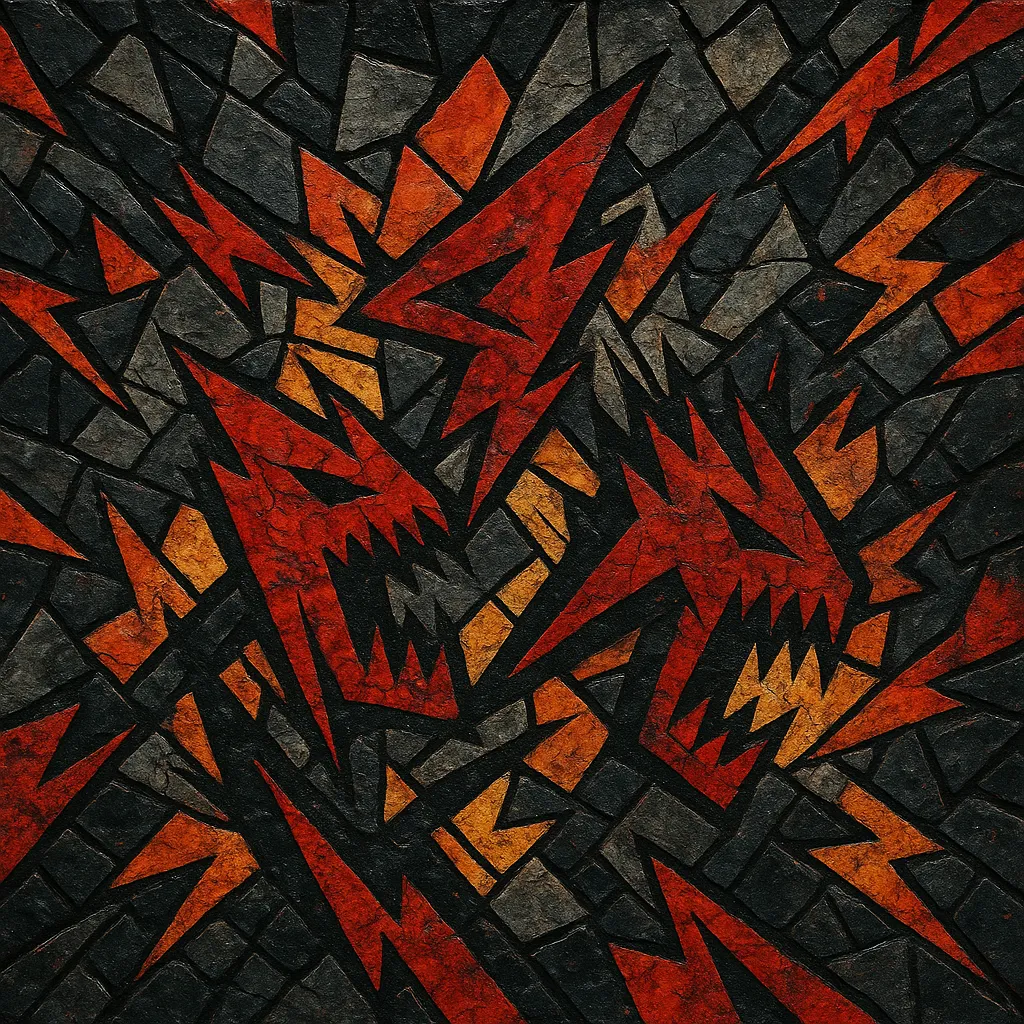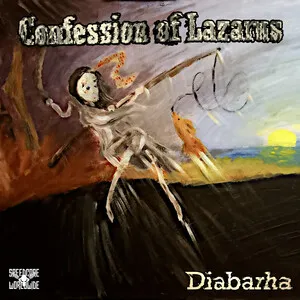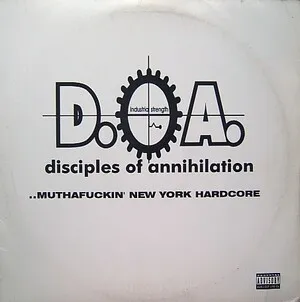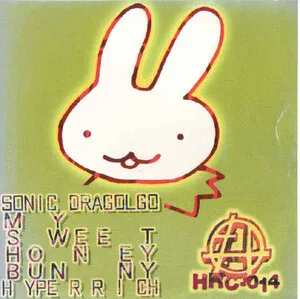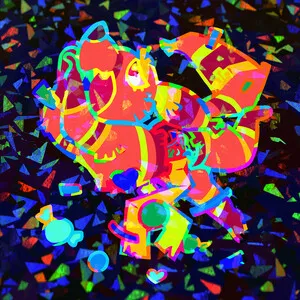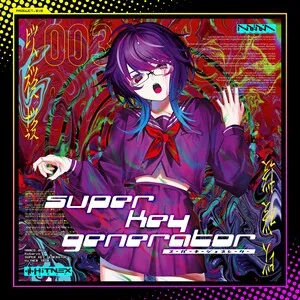Your digging level
Description
Speedcore is an extreme offshoot of hardcore techno and gabber characterized by extremely high tempos, typically 240–350 BPM and often far beyond. Its core is a relentlessly driving 4/4 kick, heavily distorted and clipped into a percussive bass-tone that dominates the spectrum.
The style emphasizes aggression and intensity over melody or harmony, drawing on industrial sound design, harsh noise textures, and horror-tinged sampling. Although many tracks are dark and abrasive, some scenes (especially in Japan’s j-core community) blend speedcore tempos with bright, anthemic leads and pop-cultural sampling.
Speedcore is both a club style and a studio-centric craft: producers sculpt the kick drum as the central instrument, layering saturation, compression, EQ, and pitch envelopes to achieve the trademark pounding continuum.
History
Speedcore emerged in the mid-1990s from the European hardcore techno and gabber milieu, with crucial activity in Germany and the Netherlands. As producers pushed Rotterdam-style gabber beyond 200 BPM, experimentation with extreme tempos, harsher distortion, and industrial textures coalesced into a distinct sound. German producers like The Speed Freak helped codify the aesthetic, while Dutch and Italian circles embraced the style’s confrontational energy.
By the late 1990s, dedicated events, small labels, and regional crews (e.g., CSR/Canadian Speedcore Resistance, Speedcore Italia) fostered a DIY network. Techniques for crafting ultra-hard kicks—layered 909s, clipped sine/triangle oscillators, brickwall limiting—spread via forums and netlabels. Parallel micro-scenes emphasized different flavors: darker, terror-influenced takes; experimental and abstract approaches; and, in Japan, a colorful, anime-sampling j-core stream that adopted speedcore’s tempos with a brighter mood.
Online communities accelerated exchange, leading to ever-faster substyles. Splittercore pushed tempos past 500 BPM via ultra-short, grain-like kicks; extratone abstracted the kick into continuous tones above ~1000 BPM; flashcore emphasized cerebral, experimental sound design over pure aggression. Meanwhile, European “uptempo” strains kept the dancefloor focus, and crossovers with breakcore and digital hardcore remained common.
Speedcore is a niche but influential node across extreme electronic music. Its kick-crafting methods, ruthless loudness, and playful extremity inform terrorcore, uptempo hardcore, j-core, and experimental scenes. Despite (or because of) its intensity, it remains a laboratory for pushing rhythm, timbre, and speed to their limits.

